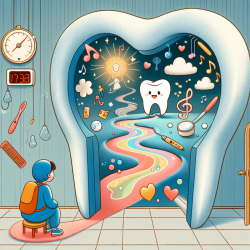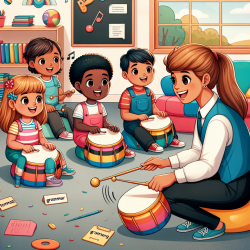Understanding the intricate relationship between subjective and objective measures of anticipatory anxiety in children can revolutionize how we approach dental procedures. A recent study titled "Relationship between subjective and objective measures of anticipatory anxiety prior to extraction procedures in 8- to 12-year-old children" offers valuable insights that practitioners can implement to improve outcomes for children.
Key Findings from the Study
The study, conducted with 60 children aged 8–12 years, found that:
- 70% of children exhibited mild to moderate anxiety levels before dental extractions.
- 30% demonstrated high anxiety levels.
- There was a significant positive correlation between anxiety levels and heart rate (HR) and systolic blood pressure (SBP).
- An inverse correlation was observed between anxiety levels and oxygen saturation (SpO2).
- Children with difficult temperaments and poor academic performance exhibited higher anxiety levels.
Practical Applications for Practitioners
1. Monitor Physiological Indicators: Given the significant correlations found between anxiety levels and physiological measures such as HR and SBP, practitioners should consider using tools like pulse oximeters and blood pressure monitors to assess children's anxiety levels before procedures. 2. Tailor Behavior Management Strategies: Recognizing that children with difficult temperaments and poor academic performance are more likely to experience higher anxiety, tailored behavior management strategies can be developed. For instance, employing gentle communication and relaxation techniques can help mitigate anxiety. 3. Incorporate Subjective Measures: The novel Visual Facial Anxiety Scale (nVFAS) used in the study is a quick and effective tool for assessing anxiety. Incorporating such subjective measures alongside physiological indicators can provide a comprehensive understanding of a child's anxiety level.
Encouraging Further Research
While this study provides valuable insights, there is a need for further research to explore the dynamic relationship between various psychometric parameters and dental anxiety. Areas such as memory, self-confidence, emotional intelligence, and study habits could provide a more holistic understanding of anxiety in children.
Conclusion
By integrating the findings from this study into clinical practice, practitioners can create a more supportive and less anxiety-inducing environment for children undergoing dental procedures. Monitoring physiological indicators, tailoring behavior management strategies, and using subjective measures can significantly improve children's dental experiences.
To read the original research paper, please follow this link: Relationship between subjective and objective measures of anticipatory anxiety prior to extraction procedures in 8- to 12-year-old children.










